Understanding Electrical Connections: A Comprehensive Guide 1
Understanding Electrical Connections: A Comprehensive Guide
Introduction:
Electrical connections are the lifeline of modern civilization, powering our homes, industries, and technological advancements. From the simplest circuits in household appliances to complex networks in industrial machinery, understanding electrical connections is crucial for ensuring safety, efficiency, and reliability. In this article, we will delve into the fundamentals of electrical connections, exploring the types, components, and best practices for creating reliable and secure electrical systems.
Types of Electrical Connections:
1. **Permanent Connections:**
– **Soldering:** This method involves melting a filler metal into the joint, creating a solid and permanent connection. It is commonly used in electronic circuits and delicate components.
– **Welding:** In industrial settings, welding is employed to create robust connections, especially in heavy-duty applications.
2. **Temporary Connections:**
– **Screw Connections:** Widely used in household wiring, screws secure wires within terminals, providing a semi-permanent connection that can be easily dismantled if necessary.
– **Plug and Socket Connections:** Common in household appliances, these connections allow for easy disconnection and reconnection of devices.
3. **Crimped Connections:**
– **Crimp Connectors:** These connectors use pressure to create a secure joint between wires. They are commonly used in automotive wiring and are known for their reliability.
Components of Electrical Connections:
1. **Conductors:**
– Conductors form the backbone of electrical connections, facilitating the flow of electric current. Copper and aluminum are widely used due to their excellent conductivity.
2. **Insulation:**
– To prevent unintended contact and short circuits, electrical connections are often insulated. Materials like rubber, plastic, and fiberglass are commonly used to provide insulation.
3. **Terminals and Connectors:**
– Terminals are the points where conductors are connected. Various types of connectors, such as splices, lugs, and screw terminals, are used to establish secure connections.
4. **Fasteners:**
– Screws, bolts, and nuts are essential for creating mechanically stable connections. Tightening these fasteners ensures a secure and reliable electrical joint.
Best Practices for Electrical Connections:
1. **Proper Stripping and Preparation:**
– Before making a connection, ensure that wire ends are properly stripped and prepared. This promotes optimal conductivity and reduces the risk of loose connections.
2. **Correct Terminal Selection:**
– Use the appropriate terminals and connectors for the application. The choice of terminals should consider factors like wire size, current capacity, and environmental conditions.
3. **Torque Control:**
– Tightening connections to the recommended torque specifications is crucial. Over-tightening can damage components, while under-tightening may lead to loose connections and increased resistance.
4. **Regular Inspection and Maintenance:**
– Periodic inspection of electrical connections is vital to identify signs of wear, corrosion, or loose connections. Timely maintenance helps prevent electrical failures and enhances overall system reliability.
Connector Basics: 3 Types Of Electrical Connectors
Do you know your connector basics? In this excerpt from the new book, “Electrical Connectors:
Design, Manufacture, Test, and Selection,”
two professors share fundamental knowledge about the principles of interconnect technology.
An electronic system is a hierarchical interconnection network that enables communication among different electronic devices.
Several interconnects are required for the signal transmission and power distribution needed to ensure proper functioning of electronic devices.
Electrical connectors are classified into three types based on their termination ends: board-to-board connectors, cable/wire-to-cable/wire connectors, and cable/wire-to-board connectors.
Six levels of interconnection are normally seen in electrical connectors. Level 0 is the connection between a basic circuit element and its lead, such as the link between a semiconductor chip and the lead frame.
Level 1 is the connection between a component lead and a printed circuit board (PCB), exemplified by chip carrier sockets, dual inline package (DIP) sockets, and switches. Level 2 is the connection between two or more PCBs. A motherboard–daughterboard connection is typical. Level 3 is the connection between two subassemblies, such as a power supply and an associated subassembly.
Level 4 is the connection from a major subassembly to the input/output (I/O) port of the complete system. Level 5 is the connection between physically separated systems typified by the link between a computer and a printer or other piece of peripheral equipment, or components of a local network.
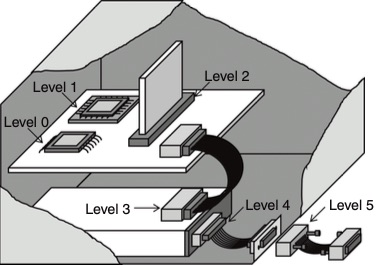
The six levels of interconnection typically seen in electrical connectors.
Board-to-Board Connectors
Board-to-board connectors are used to connect PCBs without a cable. The board-to-board connectors can save space on cables, making them suitable for systems with limited space.
The PCBs can be connected using connectors in parallel or perpendicular configuration.
A connector that connects two PCBs in a stacking configuration is called a mezzanine connector.
However, the term is sometimes used to describe perpendicular or side-by-side PCB arrangements.
These arrangements are usually seen for motherboard–daughterboard arrangements, where the focus is on the parallel arrangement.

The specifications that need to be considered when choosing a mezzanine connector include separability, mechanical requirements such as stack height and tolerances, constraints such as standoffs, brackets, or chassis slots and frames, and types of mountings. Separability is dependent on many factors, such as whether the connector is separable or permanent, the number of mating cycles required over its lifetime, and the maximum and minimum value of insertion force required. The operating temperature and humidity also should be considered. EIA 700AAAB is a standard for mezzanine connectors.
A backplane is a group of electrical connectors in parallel with each other so that each pin of each connector is linked to the same relative pin of all the other connectors, forming a connector bus. A backplane system is widely used in computer and telecommunication systems because of its flexibility and reliability. The backplane system is used for connecting multiple plug-in cards along a single backbone to make a complete backplane system. The signal generated by the transmitter passes through multiple connectors and reaches the receiver. A backplane system with high signal integrity is required in devices used in high-speed applications. In a gigabit backplane channel design, the backplane and the associated pin field are essential parameters.
As the data rate increases, the backplane channels can attenuate the transmitted signal. The channels cause inter-symbol interference (ISI), reflection, and crosstalk. Crosstalk and reflection introduce noise, decrease the signal amplitude, and degrade the signal edge rate, which further deteriorates channel jitter performance. At high data rates and long distances between channels, the signal integrity becomes worse.
The connectors for backplane systems should provide good impedance matching and shielding. The connectors also should withstand several insertion and removal cycles of circuit boards.
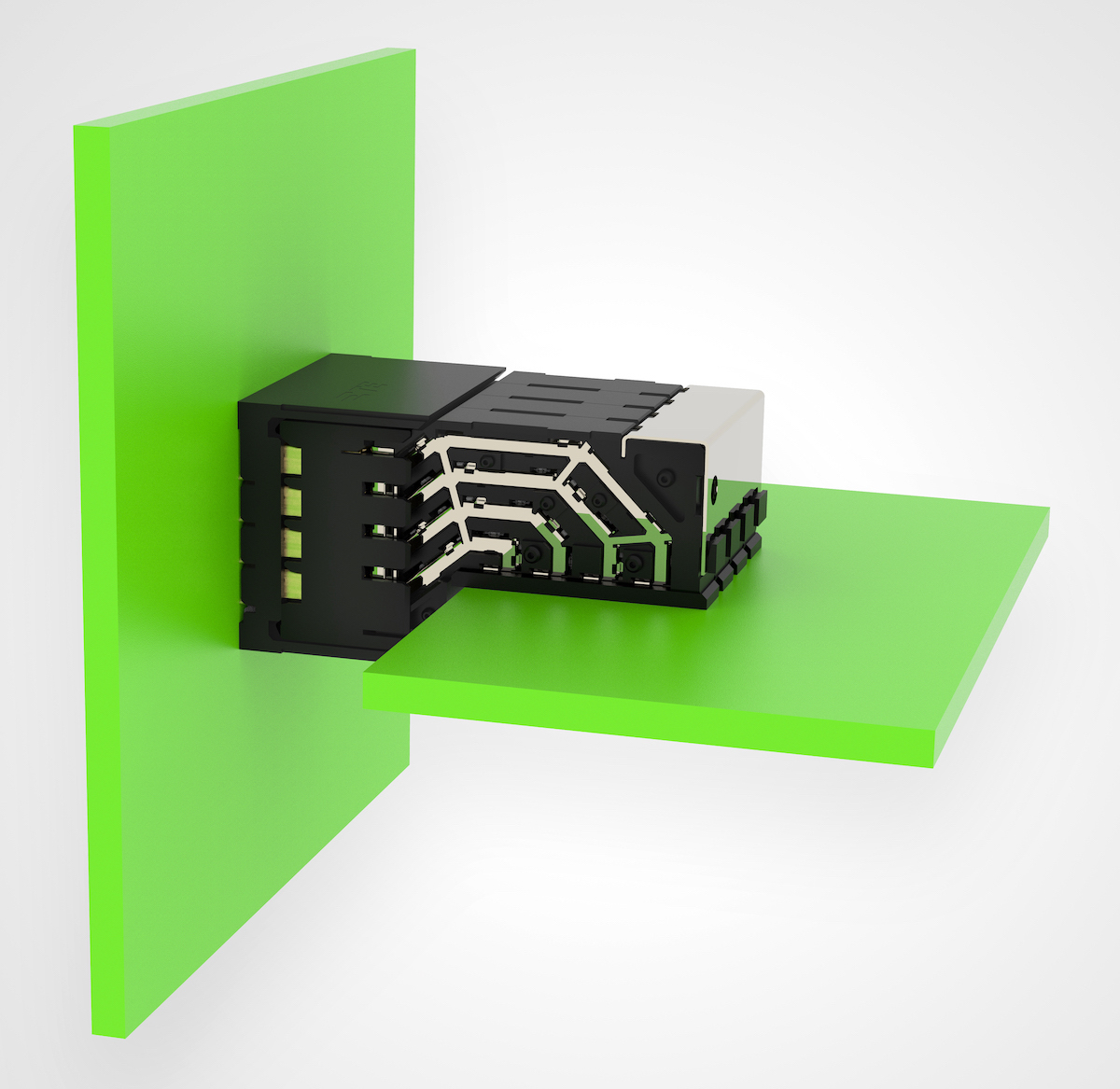
Wire/Cable-to-Wire/Cable Connectors
Wire-to-wire connectors connect two wires, as the name suggests. One end of the connector is permanently connected to the wire. The other end of the connector forms a separable interface. The permanent connection can be made using either crimping or insulation displacement contact (IDC). In the IDC method, connection is made by inserting the insulated wire into a slot of a sharpened metal beam. The sharp edges of the beam cut through the insulation and make a rigid metal-metal contact between the wire and the beam.
In the case of discrete wire connections, a crimping process is usually employed. However, in the case of multiconductor cable conductor termination, IDC is usually employed. This is because of the advantage an IDC offers with respect to wire handling and mass termination. Wire-to-wire connectors come in a wide variety of housing geometries, including rectangular and circular with polymer housings, made from a wide variety of polymers, and metal shells, primarily for military applications.
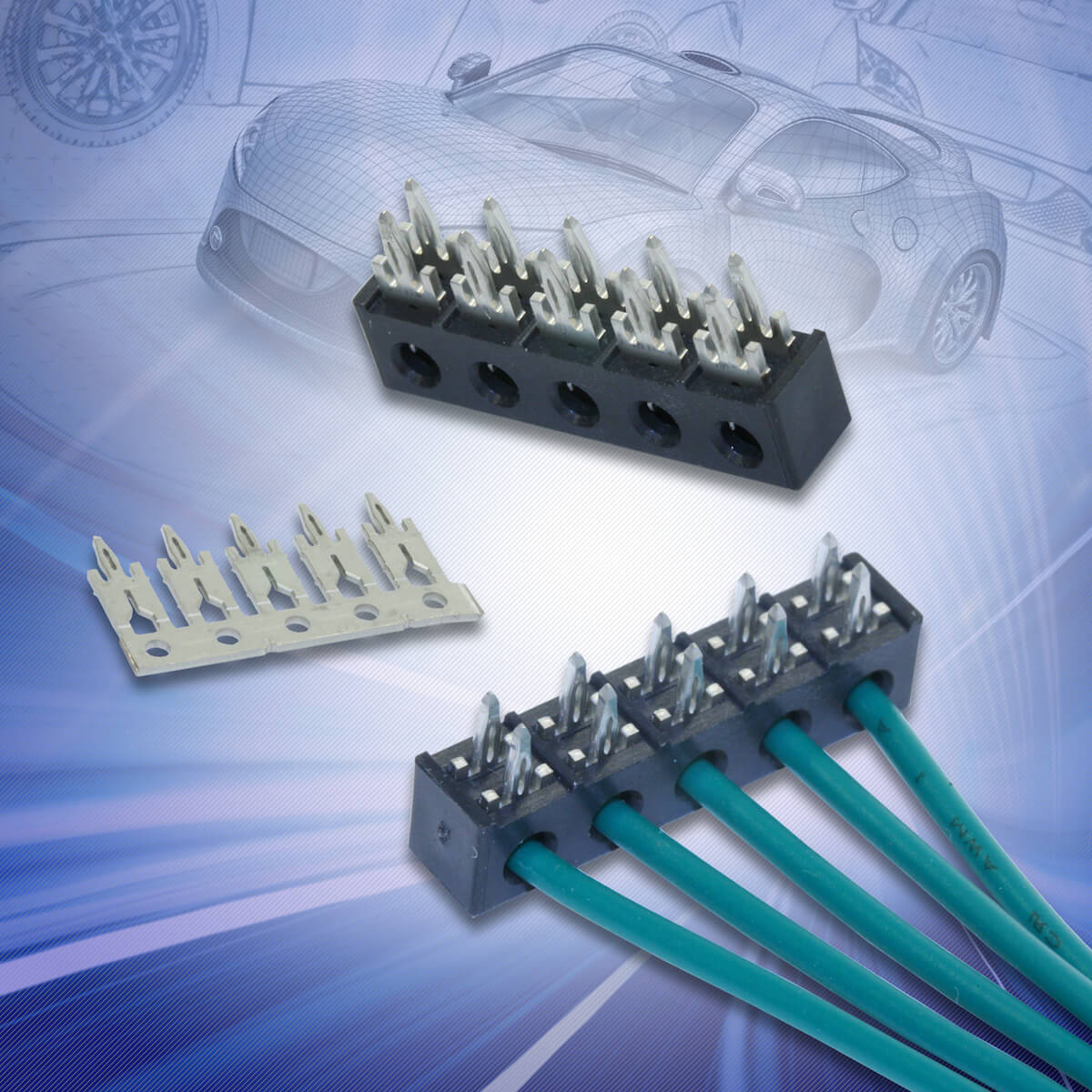
Wire/Cable-to-Board Connectors
A wire-to-board connector, as the name suggests, connects a wire/cable to a PCB. The wire connections are similar to the one used for wire-to-wire connection, and the board connections are, for the most part, press-in or soldered two-piece connectors; although, some card edge versions remain in use. The mating interface for the separable connection may be identical to that of a wire-to-wire connector from the same product family. While there are many applications of wire-to-board connectors, the trend is toward cable-to-board connectors, or cable assemblies, to take advantage of the benefits of IDC.
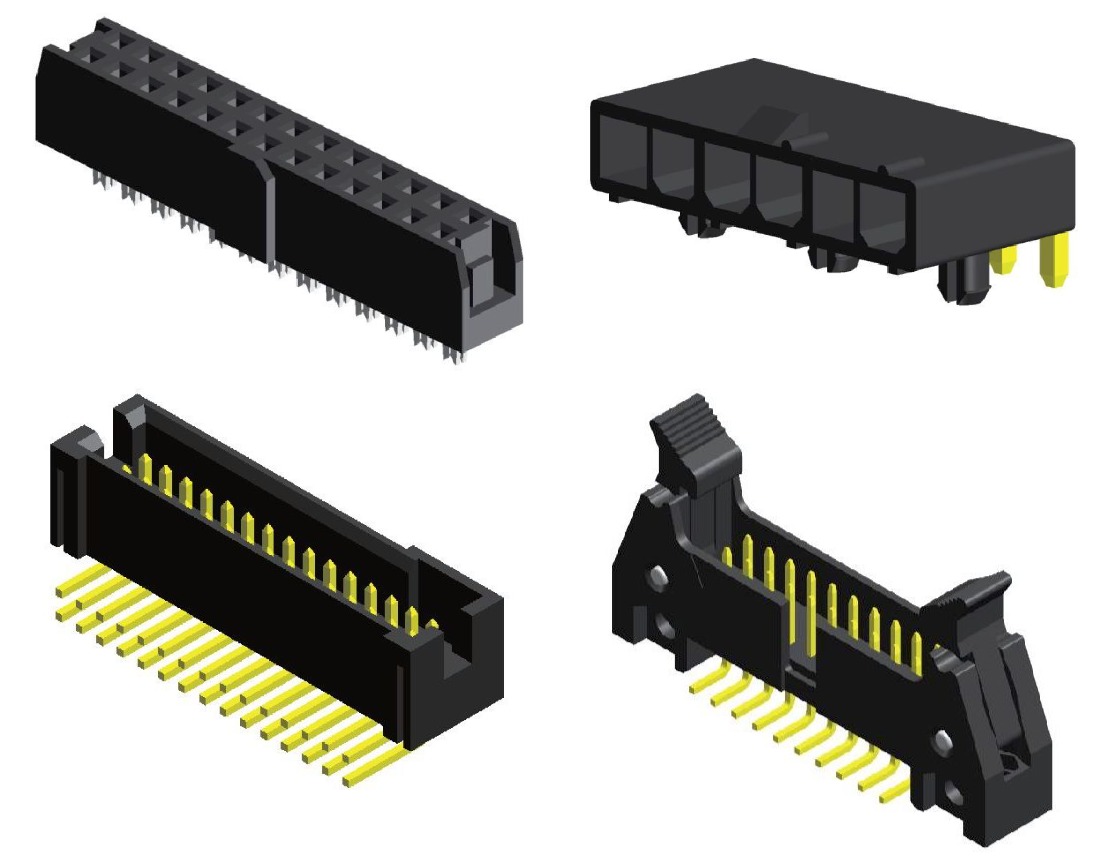
Conclusion:
Understanding electrical connections is paramount in ensuring the safe and reliable operation of electrical systems. Whether in household wiring, industrial machinery, or electronic devices, proper techniques, quality materials, and adherence to best practices contribute to the longevity and efficiency of electrical connections. As technology continues to advance, staying informed about the latest developments in electrical connection methods will be crucial for engineers, technicians, and DIY enthusiasts alike.
If you have any inquiry, please contact us freely and we will be happy to serve you.

Gahzly website for purchasing electrical connectors
When we say Gahzly website, we are talking about one of the most famous Arab websites that was able, in a very short period of time, to achieve a very large demand for purchases from it by people from various parts and sectors of the Arab world.
On the Gahzly website, you will find a joint look and all the products that you may need in your home, starting with those for kitchens or bathrooms, but even those for gardens, you will find them on this wonderful site.
So, if you were lost before and did not know where to go to buy your products on the Internet, now you have the perfect solution, and all you have to do is go to the Gahzly website and start choosing the products you want.
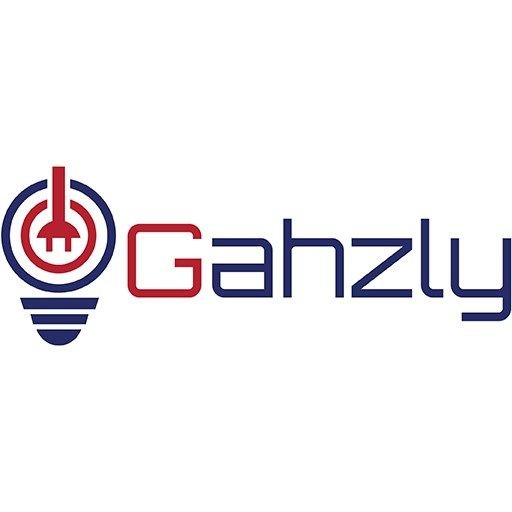
What are the features of Gahzly ?
Since we are talking about a site that is preferred by many people around the world, there is no doubt that it is a site full of various features and characteristics. Therefore, we have decided to devote our next paragraph to pointing out the most prominent features of the Gahzly site.
One of the most prominent features of the site is the proportionality of prices. On the Gahzly website, you do not have to worry about the imaginary prices of the products, as is the case with most sites that display their products on the Internet.
The price of delivering products is very reasonable and not expensive, and the site accepts delivery to various countries, without forgetting that it accepts free shipping on some products.
One of the advantages of the site is also the high quality of its products, as it is impossible to find a poor quality product. Rather, the Gahzly website deals with major companies, Philips, for example, and other famous brands, so you must remove from your mind the idea of the poor quality of one of the products. Another advantage of the site is that it does not specialize in one type of product, but rather you will find various types of products on it, for example, electrical connectors, hand tools, mechanical devices, paints, packages for establishing apartments, and many other types.
Gahzly website also accepts what is known as the shopping cart, which makes it easy for you to filter the products you want to buy and put them in one package in order to be able to pay with the click of a single button.
Accepts multiple payment methods.
We are pleased that you visit our social media pages, where we publish exclusive offers on our website.
Our Facebook page is here .
Our Twitter account is here .


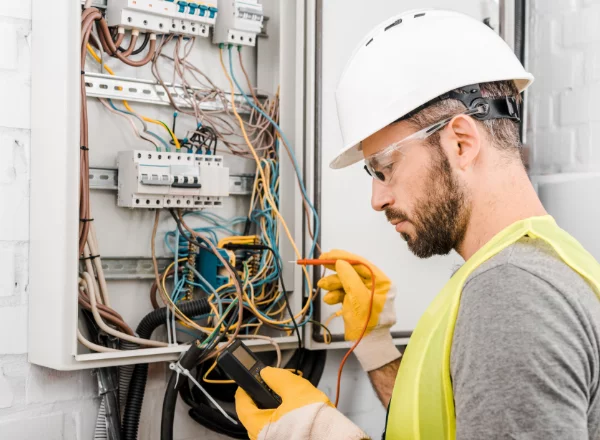


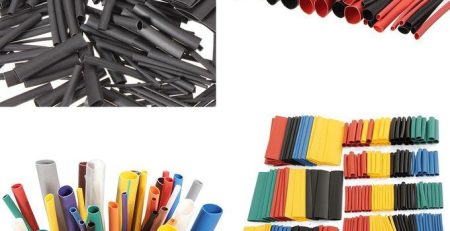
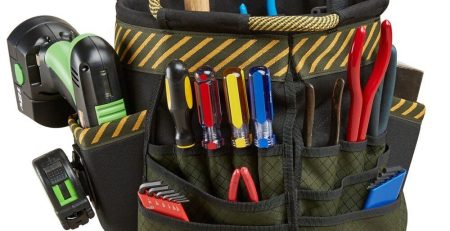


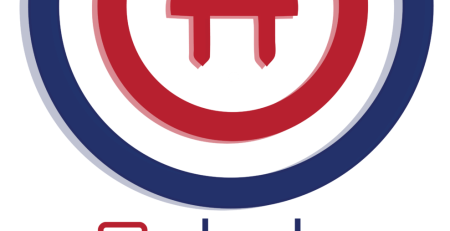
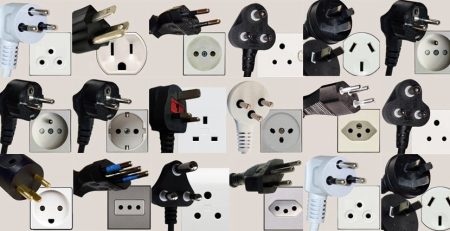




Leave a Reply
You must be logged in to post a comment.